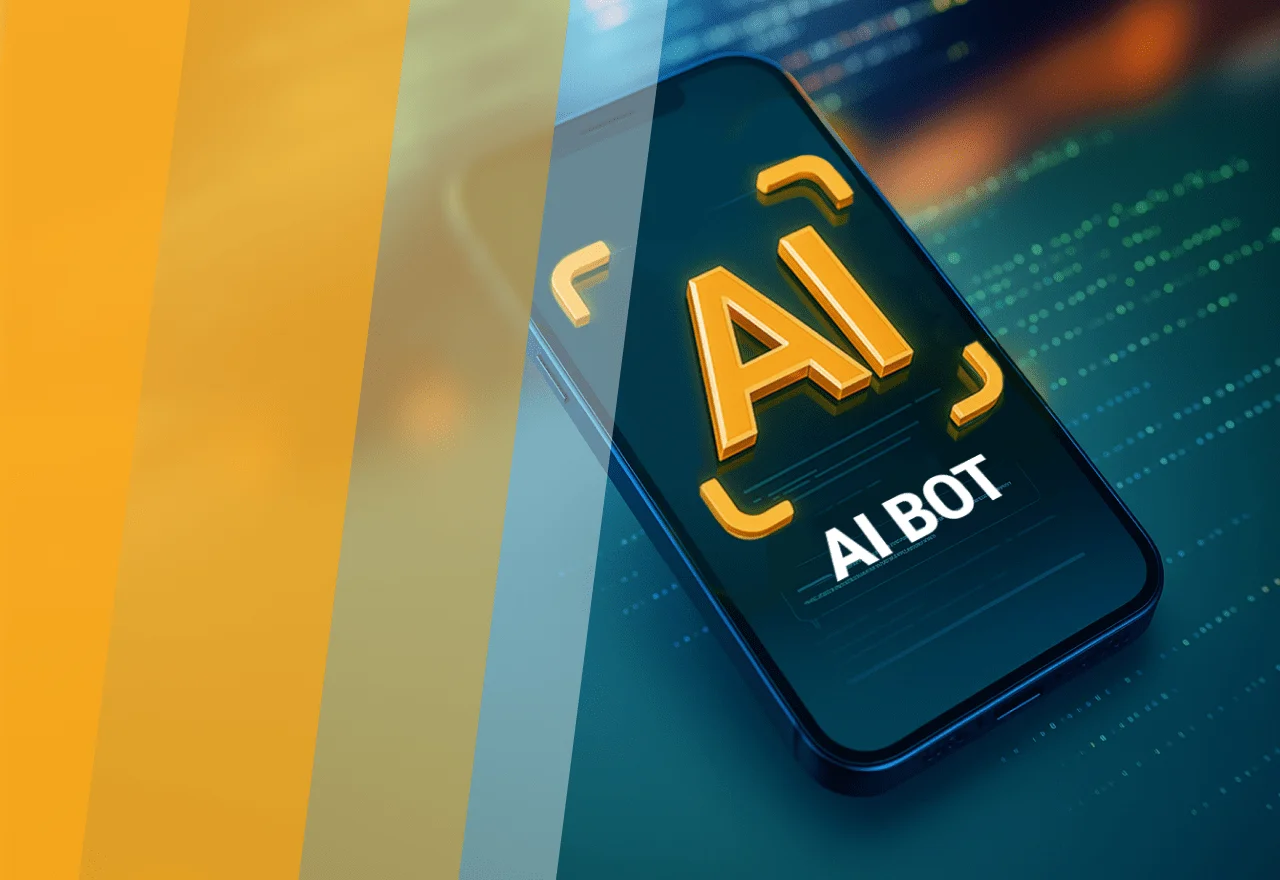Mobile applications have become indispensable in our daily lives, transforming how we work, communicate, and entertain ourselves. With the increasing demand for real-time, personalized, and private experiences, a new paradigm is taking hold: Edge AI in mobile development. This shift involves bringing artificial intelligence processing directly onto mobile devices, rather than solely relying on distant cloud servers. The implications are profound, promising a new era of intelligent, responsive, and secure mobile apps.
What is Edge AI and Why Now?
Traditionally, AI models, especially complex ones, resided in the cloud. Your phone would send data to powerful servers, which would then process it and send results back. While effective, this “cloud-centric” approach faces limitations:
- Latency: The round trip to the cloud introduces delays, making real-time interactions challenging.
- Bandwidth Dependence: Constant internet connectivity and significant data transfer are required, consuming data and impacting performance in areas with poor signals.
- Privacy Concerns: Sending sensitive personal data to remote servers raises valid privacy and security questions.
- Cost: Cloud computing resources can be expensive, especially for high-volume data processing.
Edge AI addresses these challenges by performing AI inference directly on the device. Thanks to advancements in mobile hardware (like Neural Processing Units or NPUs, and specialized AI chips) and optimized software frameworks (like TensorFlow Lite and Google AI Edge), powerful AI models can now run efficiently on smartphones and other edge devices.
The Benefits for Mobile Apps
The shift to Edge AI unlocks a host of advantages for mobile application developers and users:
- Lower Latency and Real-time Responsiveness: Imagine a voice assistant that responds instantly, or a camera app that applies complex filters without a millisecond’s delay. By eliminating the cloud roundtrip, Edge AI enables near-instantaneous processing, crucial for applications like augmented reality, real-time translation, and gaming.
- Enhanced Privacy and Security: Sensitive data, such as biometric information, personal health data, or private conversations, can be processed directly on the device, never leaving it. This significantly reduces the risk of data breaches and ensures greater user privacy.
- Reduced Bandwidth and Cost: Less data needs to be sent to the cloud, conserving mobile data, reducing network congestion, and lowering cloud infrastructure costs for developers. This is particularly beneficial for users in areas with limited or expensive internet access.
- Offline Functionality: Mobile apps can continue to provide intelligent features even without an internet connection, making them more reliable and accessible in diverse environments.
- Personalized Experiences: On-device AI can learn from individual user behavior and preferences, tailoring app experiences in real-time without sending user data to central servers. This allows for more adaptive interfaces, smarter recommendations, and truly personalized interactions.
- Improved Efficiency and Battery Life: Dedicated AI hardware on modern mobile processors is designed for energy-efficient AI inference, meaning complex AI tasks can be performed without significantly draining the device’s battery.
Real-World Use Cases in Action
Edge AI is already powering a wide range of innovative mobile experiences:
- Camera and Photo Editing: Real-time object recognition, background blurring, smart image enhancements, and even generative AI features directly on your phone.
- Voice Assistants and Speech Recognition: Faster and more accurate offline command processing, natural language understanding, and dictation.
- Personalized Recommendations: On-device models can analyze your usage patterns to suggest content, products, or features without sharing your data.
- Healthcare and Fitness: Wearable devices and health apps can monitor vital signs, detect anomalies, and provide real-time health insights, all while keeping sensitive data private.
- Augmented Reality (AR): Real-time object detection and tracking for immersive AR experiences without cloud dependency.
- Smart Home Control: Local processing for faster and more reliable control of smart devices, even when the internet is down.
- Security: On-device AI can identify deepfakes and malicious media, and power biometric authentication for secure device access.
Challenges on the Edge
While the benefits are clear, implementing Edge AI in mobile development comes with its own set of challenges:
- Hardware Constraints: Mobile devices have limited processing power, memory, and battery compared to cloud servers. Developers must optimize AI models extensively (e.g., through model compression and quantization) to run efficiently within these constraints.
- Model Optimization and Deployment: Creating and deploying efficient AI models for diverse mobile hardware and operating systems requires specialized tools and techniques.
- Updates and Maintenance: Managing and updating AI models on thousands or millions of distributed edge devices can be complex, requiring robust over-the-air (OTA) update mechanisms.
- Security of On-Device Models: Protecting AI models from tampering, reverse engineering, and adversarial attacks on the device itself is crucial.
The Future is On-Device Intelligence
The trajectory of Edge AI in mobile development is upward. We can expect to see:
- More Powerful Mobile AI Hardware: Further integration of specialized NPUs and AI accelerators into mobile chipsets, enabling even more complex AI models to run locally.
- Advancements in On-Device Generative AI: Small Language Models (SLMs) running directly on devices, allowing for advanced text generation, summarization, and creative applications without cloud connectivity.
- Hybrid AI Architectures: A sophisticated blend of edge and cloud AI, where initial processing happens on the device for speed and privacy, with more complex or data-intensive tasks offloaded to the cloud when necessary.
- Federated Learning: This technique will become more prevalent, allowing AI models to be trained on decentralized data across multiple devices without ever sharing raw user information, improving model accuracy while preserving privacy.
- Easier Development Tools: As the ecosystem matures, developers will have access to more intuitive tools and frameworks to build and deploy Edge AI solutions.
Edge AI is not just a trend; it’s a fundamental shift in how intelligent applications are built and delivered. By bringing the power of AI closer to the user, mobile development is entering a new era of faster, more private, and incredibly smart experiences. The future of mobile is truly at the edge.


